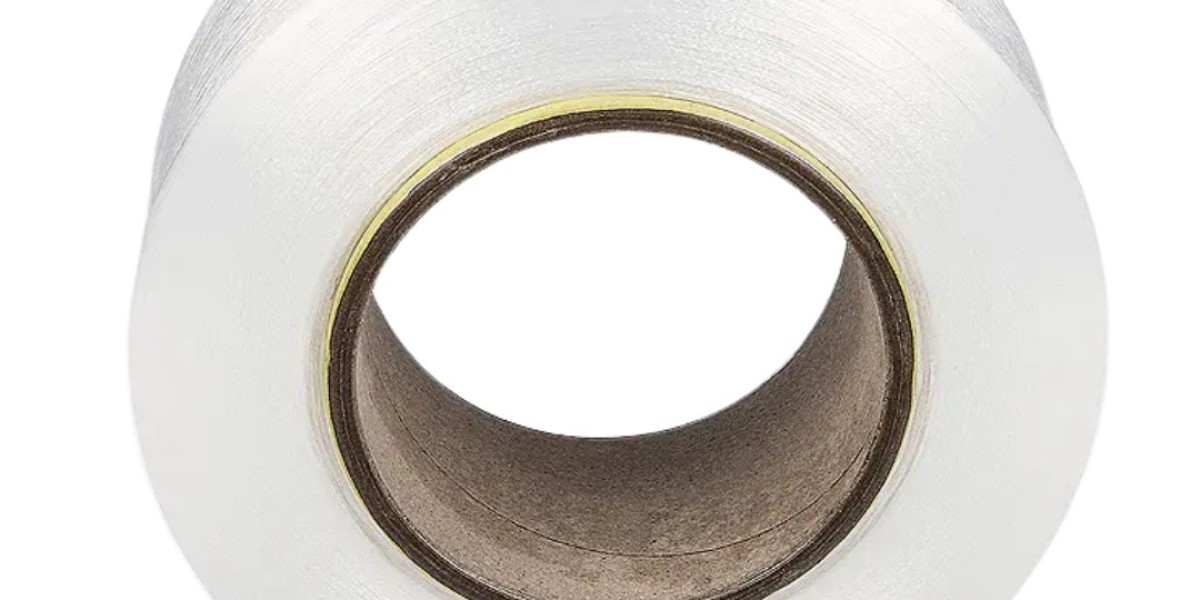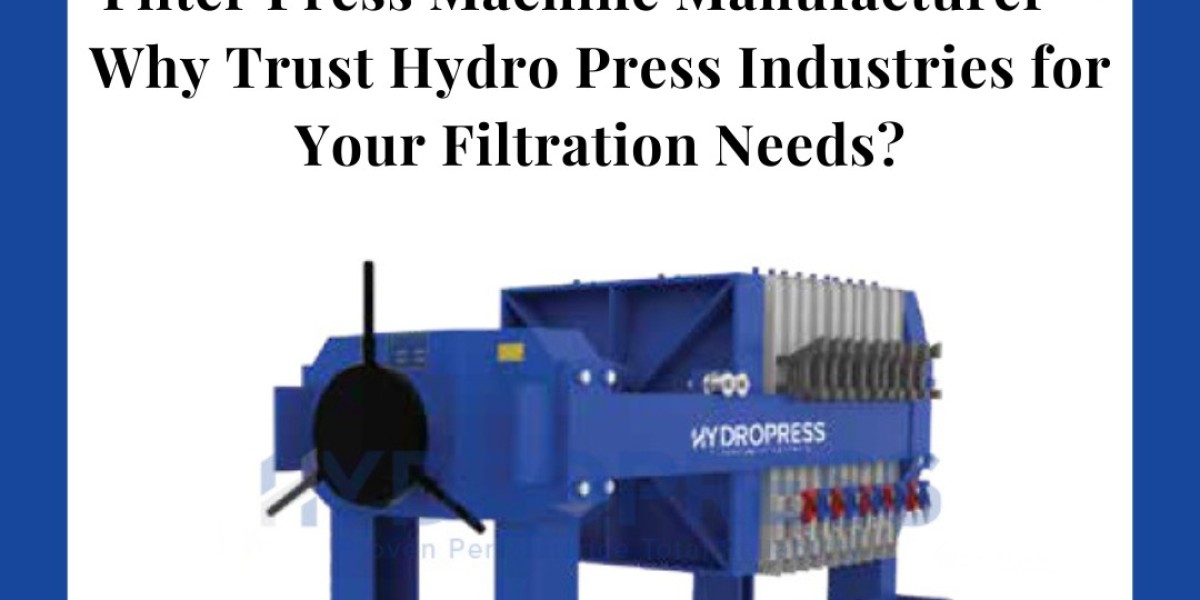China polyester yarn is a groundbreaking innovation in synthetic fibers, engineered to inhibit bacterial growth and enhance hygiene in fabrics. Unlike conventional polyester, this specialized yarn integrates antimicrobial agents during production, creating materials that resist odors, pathogens, and degradation caused by microbes. As health-conscious consumers and industries prioritize cleanliness, antibacterial polyester yarn has emerged as a critical solution for medical, apparel, and home textile applications.
How It Works: The Science of Antimicrobial Protection
Antibacterial properties are embedded into polyester yarn through two primary methods:
l Incorporation of Additives: Silver ions, zinc oxide, or triclosan are blended into the polymer matrix before extrusion.
l Surface Treatments: Fabrics are coated with antimicrobial agents post-production. These agents disrupt bacterial cell membranes or interfere with metabolic processes, preventing proliferation. The result is a fiber that remains fresh and hygienic even after repeated use and washing.
Key Applications Across Industries
l Healthcare: Used in hospital linens, surgical gowns, and wound dressings to reduce infection risks.
l Activewear: Ideal for sportswear and socks, combating odor caused by sweat and bacteria.
l Home Textiles: Applied in bedding, upholstery, and towels to maintain long-term freshness.
l Consumer Goods: Found in reusable masks, baby products, and pet accessories.
l Advantages Over Traditional Polyester
l Antibacterial polyester yarn retains all the benefits of standard polyester—durability, affordability, and easy care—while adding unique advantages:
l Odor Control: Neutralizes smells caused by microbial activity.
l Longer Lifespan: Reduces fiber degradation from bacteria, extending product usability.
l Hygienic Assurance: Critical for environments requiring sterility, such as hospitals.
Sustainability Considerations
While antimicrobial treatments enhance functionality, their environmental impact must be addressed. Leading manufacturers now prioritize:
l Eco-Friendly Agents: Using non-toxic, biodegradable additives like chitosan (derived from shellfish).
l Durability: Ensuring antibacterial properties withstand 50+ washes to minimize textile waste.
l Recyclability: Designing yarn compatible with existing polyester recycling systems.
Market Trends and Innovations
The demand for antibacterial polyester yarn is rising, driven by:
l Post-Pandemic Hygiene Awareness: Increased focus on germ-resistant materials.
l Smart Textiles: Integration with temperature-regulating or moisture-wicking technologies.
l Circular Economy: Development of recycled antibacterial yarn (rPET) from plastic waste.
For businesses seeking premium antibacterial polyester yarn solutions, xingfatex.com connects buyers with certified suppliers specializing in hygienic, high-performance fibers.









